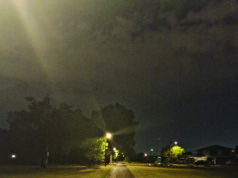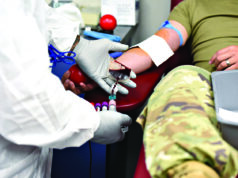The federal government has announced an expansion of the free shingles vaccination program to now cover hundreds of thousands more Australians living with underlying health conditions.
Starting September 1st, the free Shingrix vaccine is accessible to more people aged 18 to 65 who are immunocompromised due to underlying health conditions or treatment side effects, as part of a $57.7 million investment over four years to expand the Shingrix program.
Previously, the vaccine was only free for those over 65 and Aboriginal and Torres Strait Islander people over 50, or would typically cost $560, until the government expanded its eligibility onto the National Immunisation Program (NIP) in November last year.
This new announcement means the vaccine will cover individuals who are at moderate to high risk of herpes zoster, as advised by the Australian Technical Advisory Group on Immunisation.
One in three Australians will develop shingles in their lifetime, a painful condition that can cause a blistering rash and nerve pain resulting from the reactivation of the same virus that causes chickenpox.
With around 1.3 million people already having received a free shingles vaccine since the Albanese Government launched the new Shingles Program in November last year, Federal Minister for Health and Aged Care Mark Butler is pleased to announce the expansion of eligibility.

“Making the shingles vaccine free for more Australians is not just good for their hip pocket, it’s also good for their health,” he said.
“With the expanded eligibility for the free shingles vaccination, the Albanese Government is protecting more at-risk Australians from this debilitating virus.”
Nearly all adults over 50 carry the inactive virus, and the risk of developing shingles is twice as high for those with immunocompromising conditions.
The Shingrix vaccine is administered as a two-dose series.
Individuals who are immunocompromised receive their doses 1 to 2 months apart, whereas those who are immunocompetent have their doses spaced 2 to 6 months apart.














